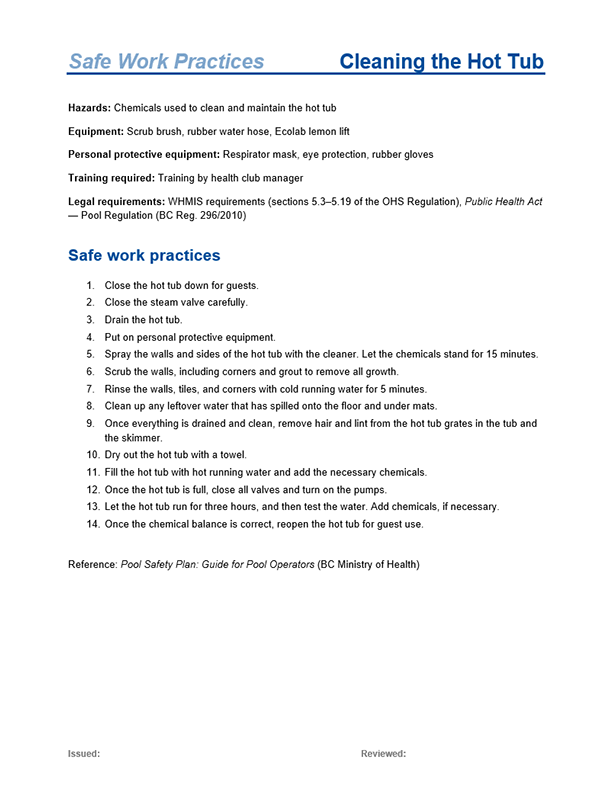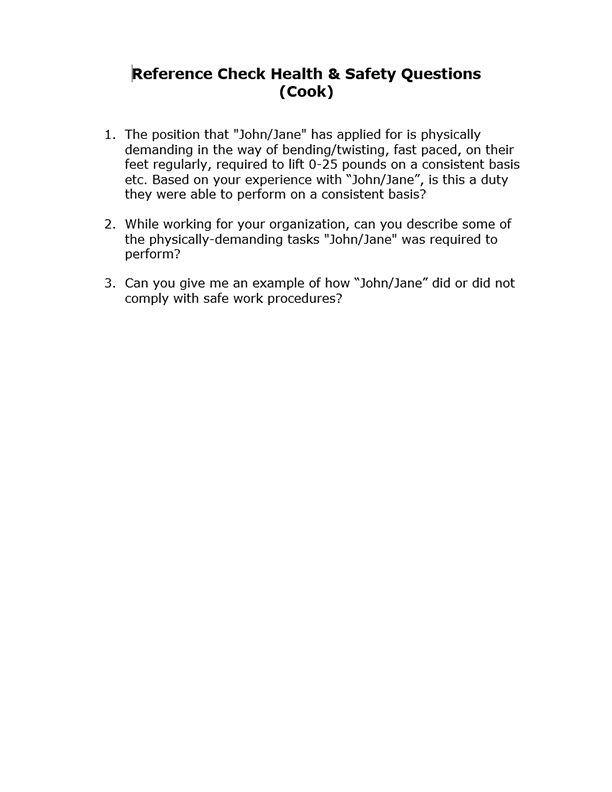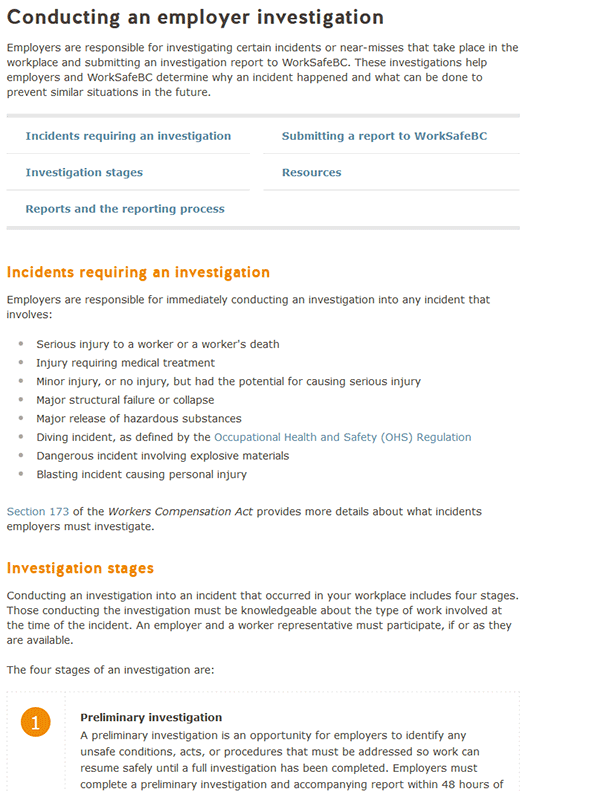April 6, 2023
Workplace violence, as defined by WorkSafeBC, includes actual physical harm and/or threatening statements or behaviours by an individual (other than a worker) toward a worker in their place of work.
OHS Regulation 4.27–31 explains the requirements for preventing and responding to violence in the workplace. The starting point is conducting a risk assessment to determine if there is a risk of violence toward workers.
(Don’t miss the downloadable checklists at the bottom of the page!)
Employer Responsibilities to Address Risk and Empower Staff:
Complete Prevention Tasks:
- Conduct a Violence Risk Assessment and implement corrective actions.
- Determine appropriate staffing levels; hire and schedule accordingly.
- Develop orientation and refresher training modules.
- Foster supportive relationships with local law enforcement, if necessary.
- Contract security companies for high-risk operating times (e.g., high volume or event periods).
Train Workers In:
- Proactive guest communication regarding expectations and consequences.
- Building rapport and mitigating unwanted behaviour early.
- Incident management techniques (including when to ask for assistance, de-escalation techniques, and worker safety considerations).
- Reporting and investigation procedures (internal and external).
- Practice scenarios.
Promptly and Effectively Respond to Incidents By:
- Using de-escalation techniques.
- Continuously identifying potential hazards.
- Requesting support from others (e.g., managers, supervisors, other workers, security, or police).
- Reporting situations to managers.
- Writing detailed incident reports.
- Enforcing applicable consequences.
- Debriefing incidents, seeking mental health support, and identifying corrective actions.
Resources and Templates
- Violence Checklists (Prevention Tasks, Orientation & Refresher Training, De-Escalation & Incident Response)
- Tips for Responding to Challenging Customer Interactions
- Example Scenarios for Training (Restaurants, Ski Hills, Hotels, Bars, Pubs & Nightclubs)
- Mental Health Resources for Staff
Related Training Opportunities
For more information:
- WorkSafeBC Violence Information
- CCOHS – Violence and Harassment in the Workplace
- go2HR – Safe Work Procedures for Staff Working Alone
For further assistance, contact the go2HR Health & Safety team online or by calling 604-633-9787.
Return to top

